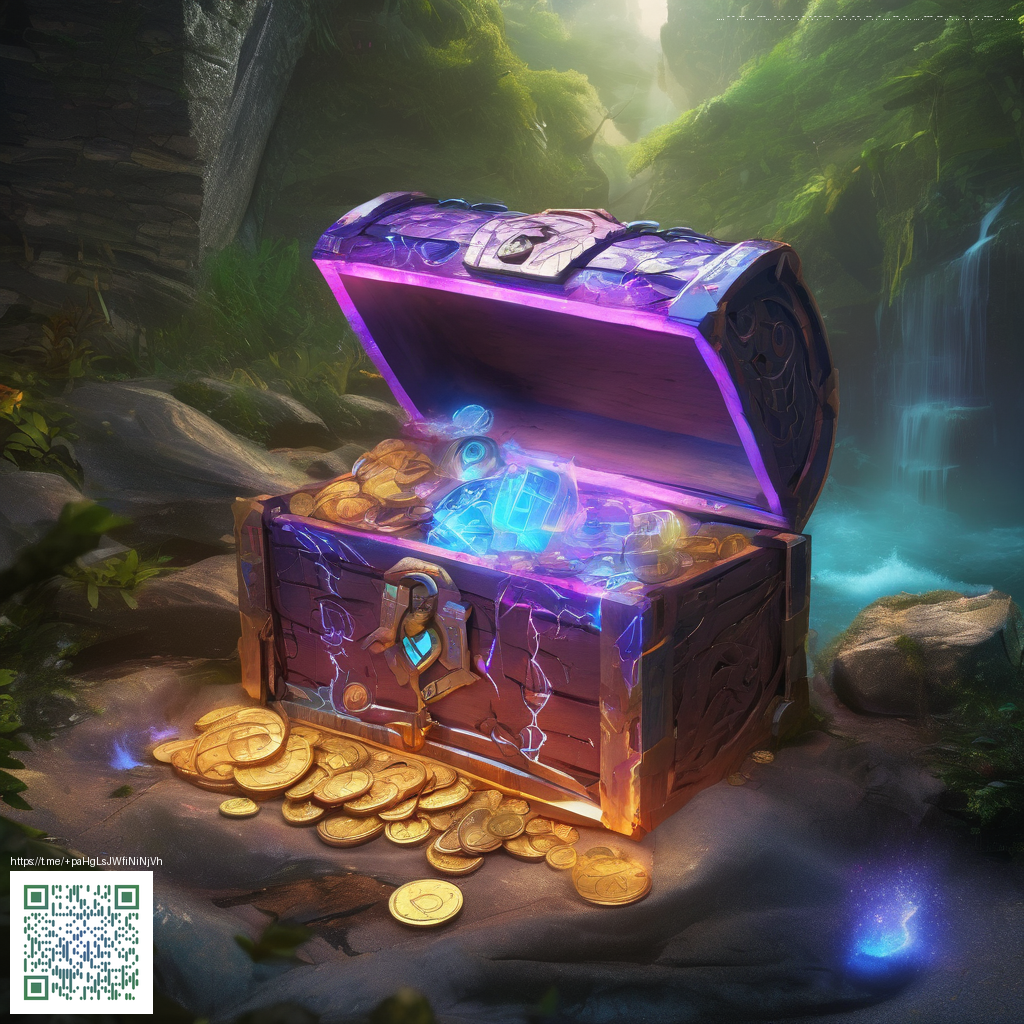Understanding Solana Token Standards: SPL vs ERC-20
The Solana ecosystem has accelerated in popularity thanks to fast finality, low fees, and a growing library of developer tools. As projects expand beyond simple wallets into dynamic dApps, the choice of token standard becomes a strategic decision. On one side sits SPL, Solana’s native token standard; on the other, ERC-20’s long-running presence on Ethereum and compatible chains. Both serve the core idea of fungible tokens—but they live in very different design spaces. This article unpacks SPL vs ERC-20 in a way that helps you decide which path makes sense for your next project.
What SPL Tokens Are and How They Work
SPL tokens are built on Solana’s Token Program, a pre-deployed on-chain system that handles the core token functionality. Instead of deploying a bespoke contract for every token, developers leverage this program to mint, transfer, and manage token accounts. A few core ideas to keep in mind:
- Associated Token Accounts (ATA): Each wallet address can have a dedicated token account for a given mint, which simplifies account management and improves performance.
- Mint and Freeze Authorities: The creator can designate who can mint new tokens and who can freeze token transfers if needed, adding governance controls without bespoke code.
- Decimals and Supply: Each SPL mint defines its own decimal places and total supply, similar in concept to ERC-20 but implemented through the Token Program’s standard instructions.
- Programmatic Simplicity with Power: Instead of a custom contract, SPL uses a standardized program, reducing the surface area for bugs while enabling broad interoperability with wallets and DeFi on Solana.
Because SPL tokens are tightly integrated with the Solana runtime, they shine in performance-critical scenarios—think multi-chain wallets, high-throughput marketplaces, and streaming payments. The result is a token layer that feels native to Solana, with predictable behavior across wallets and on-chain programs.
“SPL tokens are designed for high-throughput use cases where the token logic is well-scoped and stable. The trade-off is that advanced token logic often needs a separate on-chain program.”
ERC-20: A Proven, Interoperable Standard
ERC-20 is the veteran standard that defined fungible tokens on Ethereum and inspired countless imitators across EVM-compatible chains. Its hallmark is flexible, on-chain logic embedded in a single, vendor-agnostic smart contract. Key characteristics include:
- On-Chain Logic via Smart Contracts: All token behavior—transfers, approvals, allowances—lives inside a contract’s code, allowing complex workflows and governance patterns.
- Standardized Interfaces: Functions like totalSupply, balanceOf, transfer, approve, and transferFrom create a predictable developer experience and broad tooling.
- Widespread Tooling and Audits: Decades of audits, wallets, explorers, and DeFi integrations make ERC-20 tokens highly portable across ecosystems.
- Gas Model and Compute Costs: Transactions pay network fees in native gas; the cost model is a critical consideration for high-volume transfers and microtransactions.
ERC-20 tokens are deeply integrated with the Ethereum ecosystem’s smart contracts and DeFi primitives. Because every token’s logic is programmable, you can implement nuanced allowances, retroactive minting, vesting schedules, and more—often with a single contract you can upgrade (depending on how you design it). The flip side is that interoperability often relies on cross-chain bridges or sidechains to reach Solana-native experiences, which can introduce latency and security considerations.
Key Differences at a Glance
- Architecture: SPL uses Solana’s Token Program with ATAs; ERC-20 uses a smart contract with contract-owned state and accounts.
- Interoperability: ERC-20 enjoys broad cross-chain tooling; SPL tokens work seamlessly within Solana’s ecosystem but rely on bridges for cross-chain use.
- Fees and Performance: Solana’s low fees and high throughput favor SPL for throughput-intensive applications; Ethereum-style gas is a bigger consideration for ERC-20 on congested chains.
- Governance and Upgrades: ERC-20 contracts can be upgraded or controlled via governance patterns, while SPL tokens use the Token Program with minted authority and freeze controls for a more centralized governance flavor.
- Development Experience: If you’re building entirely on Solana, SPL reduces boilerplate and accelerates time-to-market; if you need broad DeFi compatibility, ERC-20’s ecosystem often wins out.
For teams designing consumer-facing hardware or lifestyle brands, the decision isn’t only technical. Consider your audience, the wallets you anticipate, and how users will interact with tokens in the real world. If you want to explore practical examples, a look at this product page Neon MagSafe Card Holder can spark ideas about tokenized warranties, loyalty, or limited-edition campaigns tied to a physical item.
Practical Guidance: When to choose SPL vs ERC-20
- Choose SPL when you’re building primarily on Solana, want predictable performance, and can work within the Token Program’s standards without needing bespoke contract logic.
- Choose ERC-20 when cross-chain interoperability, long-standing tooling, and a broad DeFi ecosystem are prerequisites for your tokenized asset.
- For mixed ecosystems, plan a bridging strategy early, and design your token’s identity so that it remains meaningful across both Solana-native and cross-chain contexts.
